

Ever feel low on energy, emotionally off, or disconnected from yourself and the world around you? According to ancient Indian wisdom, the root of that imbalance may lie in your chakras.
The 7 Chakras are invisible yet powerful energy centers located along the base of your spine to the crown of your head. These spinning wheels of energy—Root, Sacral, Solar Plexus, Heart, Throat, Third Eye, and Crown—govern your physical, emotional, and spiritual well-being. When balanced, they promote health and vitality. On the other hand, chakra imbalance can manifest as physical ailments, emotional instability, and mental distress.
The seven chakras from bottom to top are:
Read on to learn more about the 7 chakras and why they matter, how to recognize signs of imbalance, and simple techniques, yoga poses, and daily practices to activate and heal them.
[inline-CTA-1]
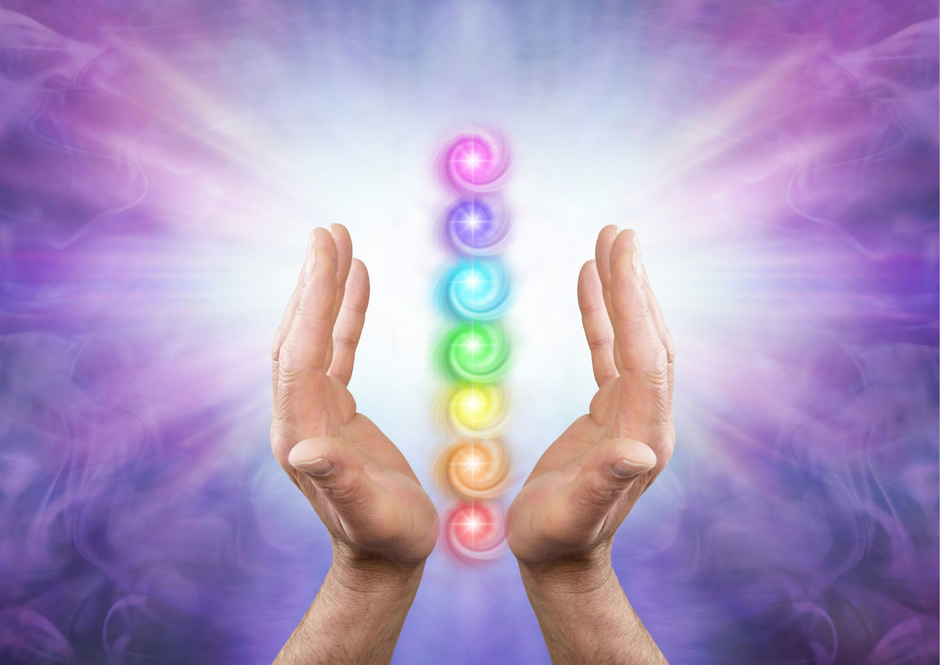
Chakras are spinning energy centers in your body that correspond to different physical, emotional, and spiritual aspects of your being. The word "chakra" comes from Sanskrit, meaning "wheel" or "disk," representing their circular, spinning nature.
Key Characteristics:
The concept of chakras originates in ancient Indian philosophy, first mentioned in the Vedas as centers of energy in the body linked to both physical health and spiritual growth. Over time, Hindu and Buddhist texts, particularly the Upanishads and the Yoga Sutras of Patanjali, expanded on this idea and connected chakras with meditation and spiritual growth.
By the Tantric period, the chakras were more fully described as wheels or lotuses along the spine, each associated with specific sounds, deities, colors, and elements. This gave rise to the seven-chakra system most commonly recognized today.
In the 19th and 20th centuries, the chakra system was introduced to the West, where it was reinterpreted through Theosophy, yoga, and modern wellness movements. Today, chakras are viewed not only as spiritual energy centers but also as symbolic tools for self-awareness, personal growth, and healing—bridging ancient wisdom with contemporary wellness practices.
The relevance of chakras in the modern world lies in their ability to explain the deep connection between mind and body. Each chakra corresponds to a specific area and is tied to emotional patterns and physical functions.
For example:
These connections help explain how emotional stress, unresolved trauma, or chronic overthinking can manifest in the body. That’s why chakra work is relevant in everyday life, as it isn’t just a spiritual practice but a powerful approach to holistic well-being.
In recent years, chakra concepts have gained wider acceptance in modern wellness spaces. Many researchers, wellness practitioners, and therapists use the chakra system to explore how emotional blocks and energy imbalances may affect physical health. So, when you feel physically depleted, emotionally scattered, or disconnected from yourself, tuning into your chakras can help you:
When you start tuning into your energy centers, you’re learning how to take better care of yourself on every level.
Working with your chakras doesn’t have to be complex or time-consuming. Simple, intentional practices can help keep your energy in balance:
Each of the seven chakras represents a specific energy center in your body, linked to physical, emotional, and spiritual aspects of your well-being. Let’s explore each chakra, one by one.
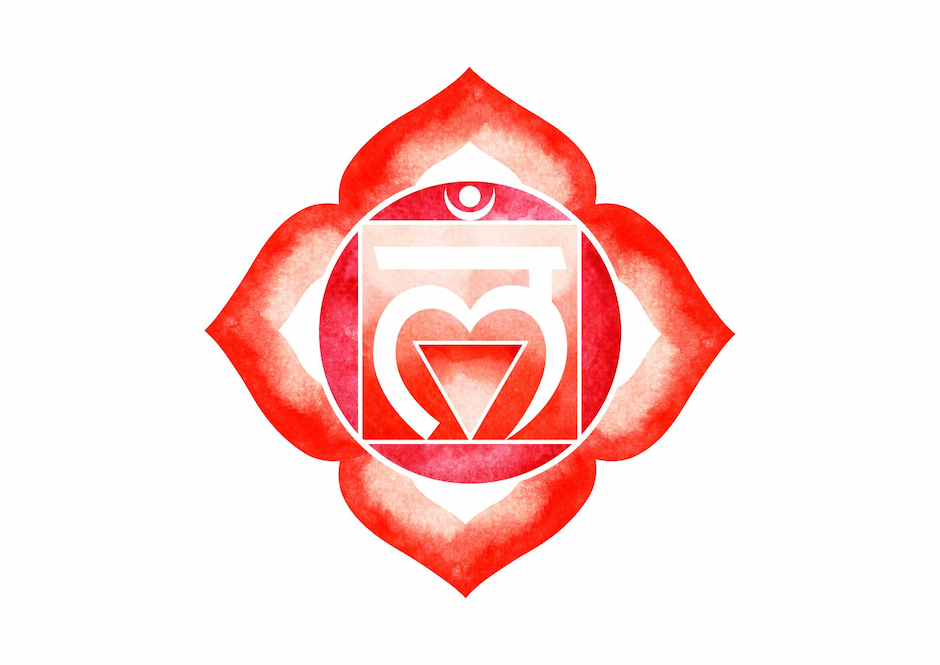
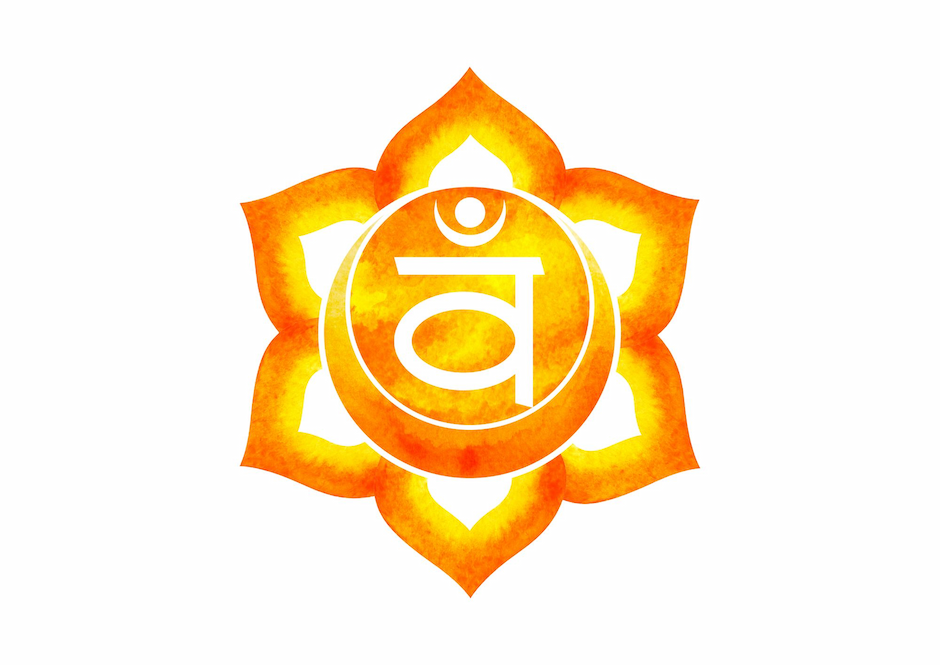
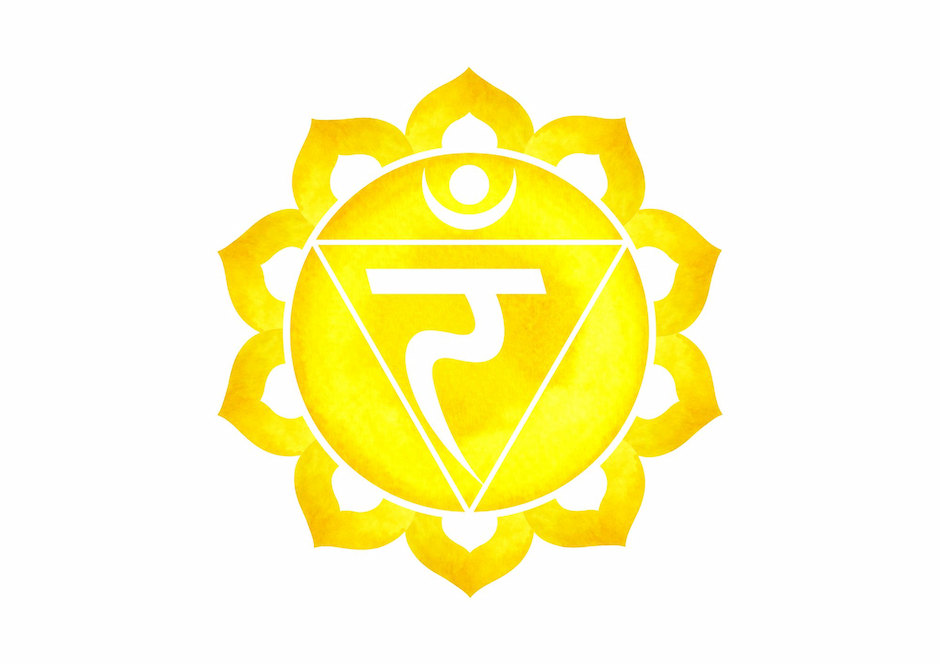
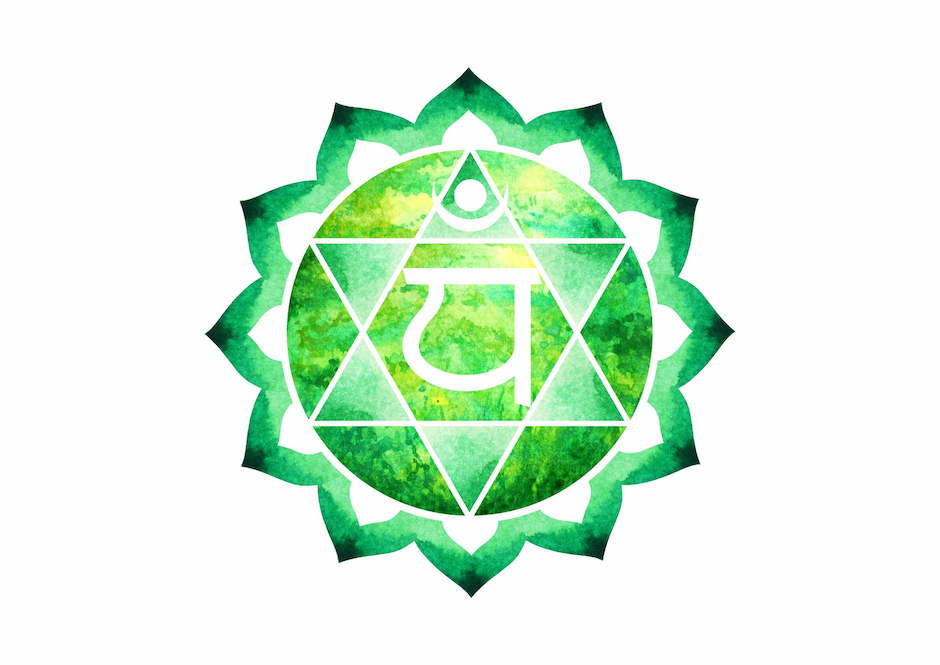
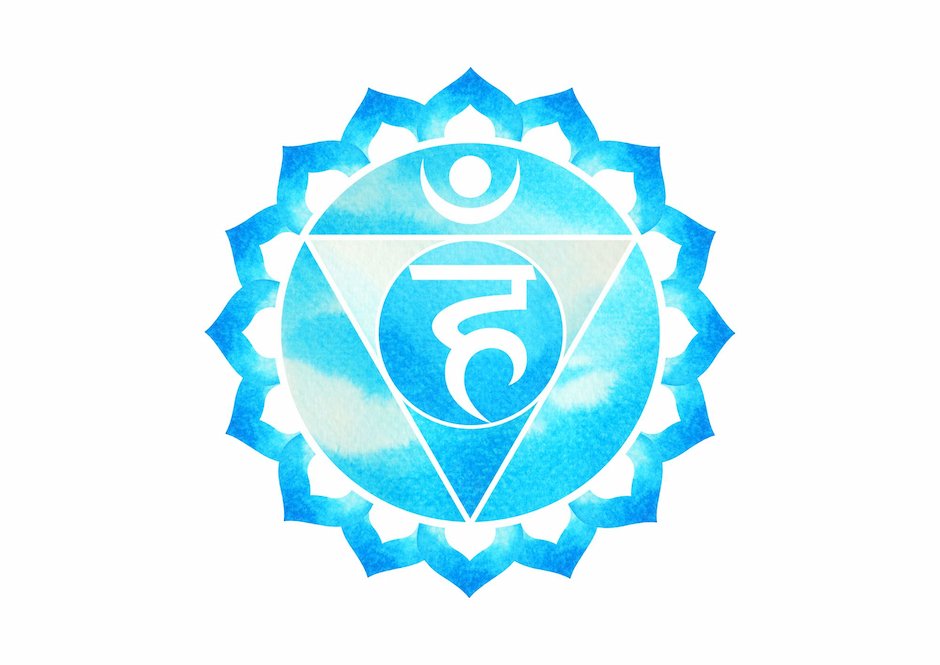
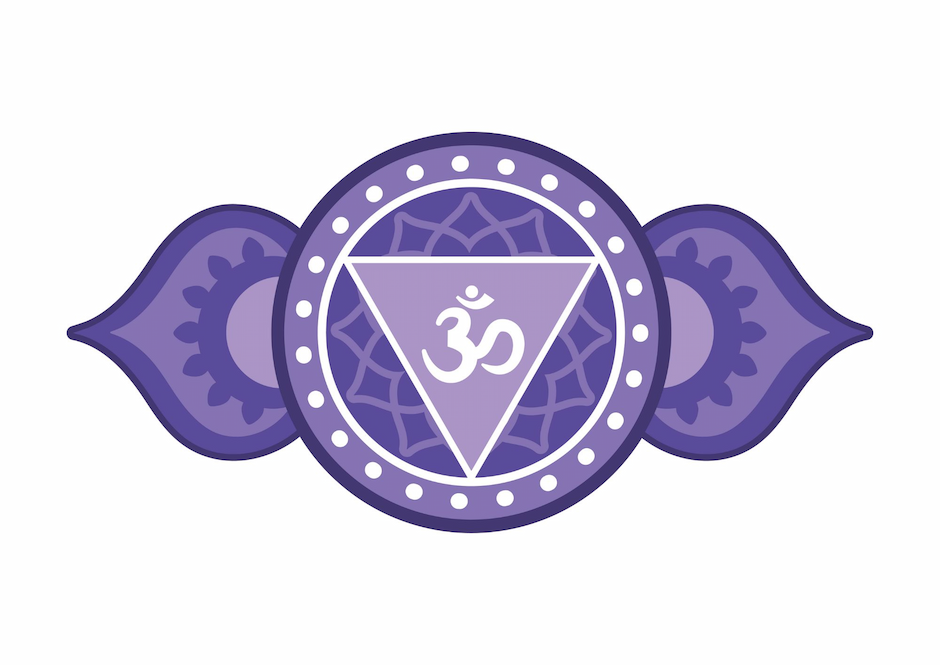
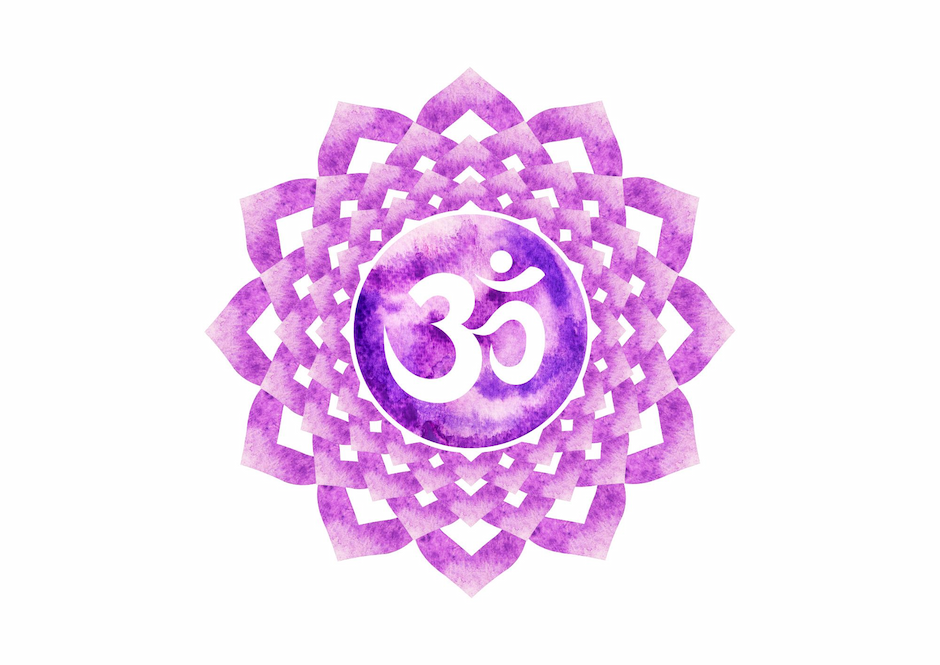
To learn about the significance of chakra colors and symbols, read this detailed guide!
Blocked chakras manifest through specific physical and emotional symptoms. Here's how to identify imbalances:
Discover ways to clear your chakras here!
Balancing your chakras starts with small, intentional steps. Whether you’re new to energy healing or simply looking to feel more centered and aligned, daily rituals can make a meaningful difference.
Here is a daily chakra balancing guide to follow:
Even small shifts in your routine can support your energy flow. Explore more ways to balance and activate your chakras here.
Learn more chakra meditation techniques here!
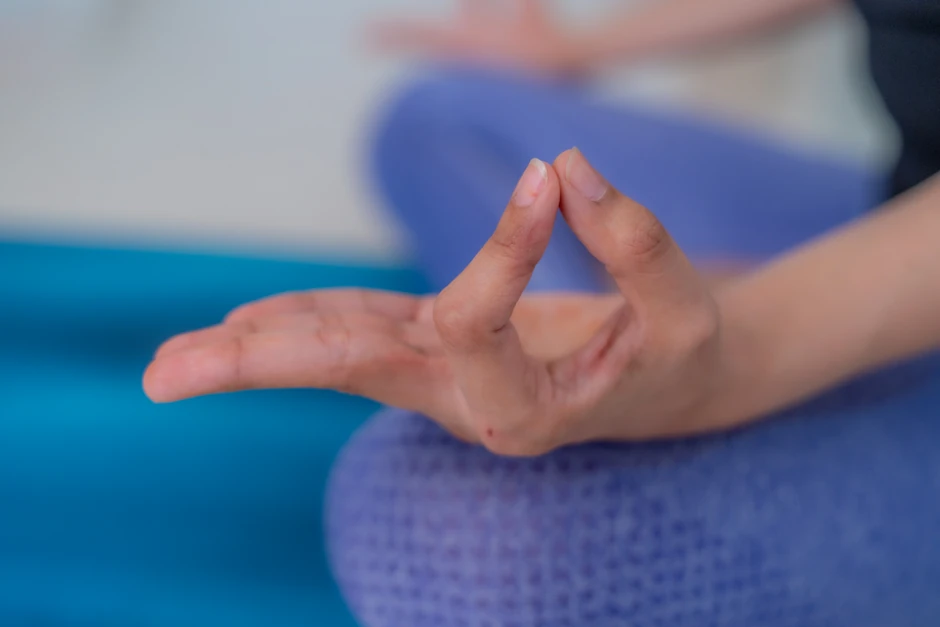
Yoga not only strengthens and stretches your body but also works with your subtle energy system, making it one of the most effective tools to balance your chakras.
But before you get started, check out these Mudras for Chakras to elevate your yoga practice!
Now, let’s take a look at how yoga can support each of the 7 chakras through postures, breath, and movement that aligns them, helping you feel more grounded, open, and connected:
Here are some poses to help you feel more rooted and secure, especially in times of stress or uncertainty:
Some poses to unlock your creative center and support emotional release include:
Some poses to boost confidence, motivation, and drive are:
Try these heart-opening poses:
Here are some poses that can help if you struggle with communication:
Some poses that can help balance this chakra include:
These poses can help you feel more connected with your surroundings:
For days when you want a full-body energetic tune-up, try this:
Even just 2–3 breaths per pose can make a difference. The key is awareness and moving with mindfulness—feeling the energy shift as you transition between poses.
[inline-CTA-2]
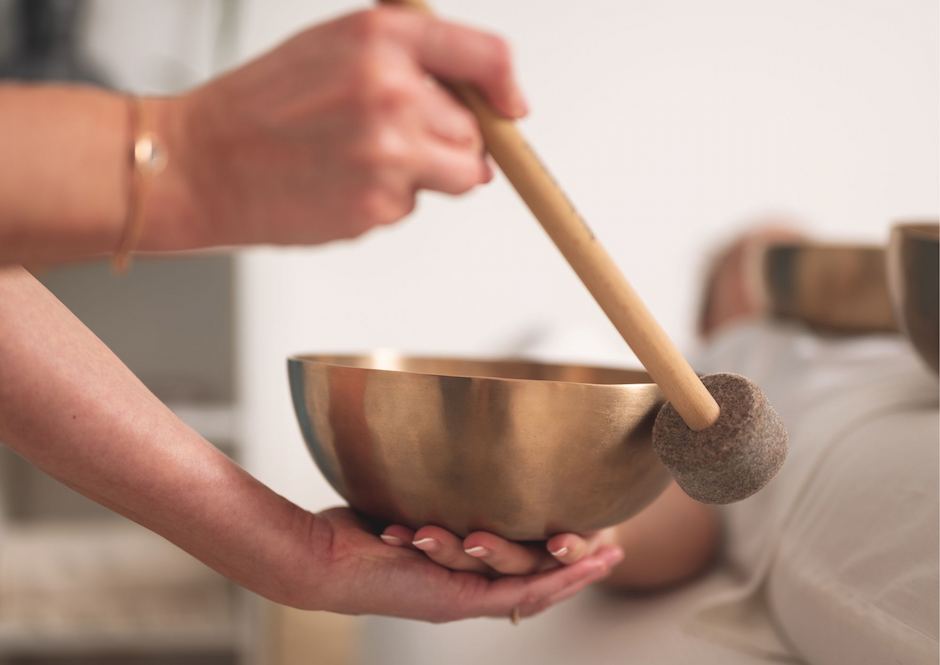
Sound healing emphasizes that our bodies naturally respond to specific frequencies and vibrations. When it comes to the chakras, each of the seven chakras resonates with a unique frequency, and by using sound through instruments, chanting, or tonal frequencies, these vibrations can help activate, balance, and harmonize your energy centers.
Just like musical notes, chakras resonate at specific frequencies:
These frequencies are often used in sound baths and healing sessions to support the corresponding chakra. For example, chanting mantras like OM, listening to solfeggio tones, or simply humming can create subtle vibrations in the body that help “tune” your chakras—similar to tuning an instrument.
Discover more benefits of sound healing here!
You can also try this group class on Chakra Sound Healing and experience the benefits of dedicated coaching first-hand.
Yes, chakras are real! While these energy centers aren’t visible, many people experience real emotional, mental, and even physical shifts when working with chakras.
Balancing the chakras depends on your consistency, intention, and their current state. Some people might feel shifts after just one session of focused work (like meditation or energy healing), while for others it’s a gradual journey over weeks or months. Small daily practices, even just 10–15 minutes, can lead to noticeable results over time.
Yes! Chakras are linked to specific glands of the body, and blockage may manifest as tension, fatigue, or other physical symptoms. For example, a blocked throat chakra may coincide with recurring throat issues. While these imbalances are not a medical diagnosis, they can contribute to discomfort that affects overall well-being.
You can learn about blocked chakras by observing the emotional and physical symptoms. If you struggle with communication, you may have a Throat Chakra imbalance. Constant anxiety or fear indicates an imbalanced Root Chakra. Physical sensations like tightness or pain in certain areas can also offer clues to specific blocked chakras. Self-assessments, journaling, and working with a coach or energy healer can help you identify these imbalances more clearly.
Chakra healing isn’t a one-time fix—it’s an ongoing and consistent practice. A few minutes daily or 2–3 sessions a week can keep your energy flowing smoothly. You don’t have to work on all chakras at once—focus on one or two that feel most relevant, depending on your symptoms, then gradually build a routine over time.
Chakra healing isn’t a one-time fix—it’s an ongoing and consistent practice. A few minutes daily or 2–3 sessions a week can keep your energy flowing smoothly. You don’t have to work on all chakras at once—focus on one or two that feel most relevant, depending on your symptoms, then gradually build a routine over time.

Receive personalized guidance tailored to your unique fitness goals, live with a dedicated coach—no credit card required.